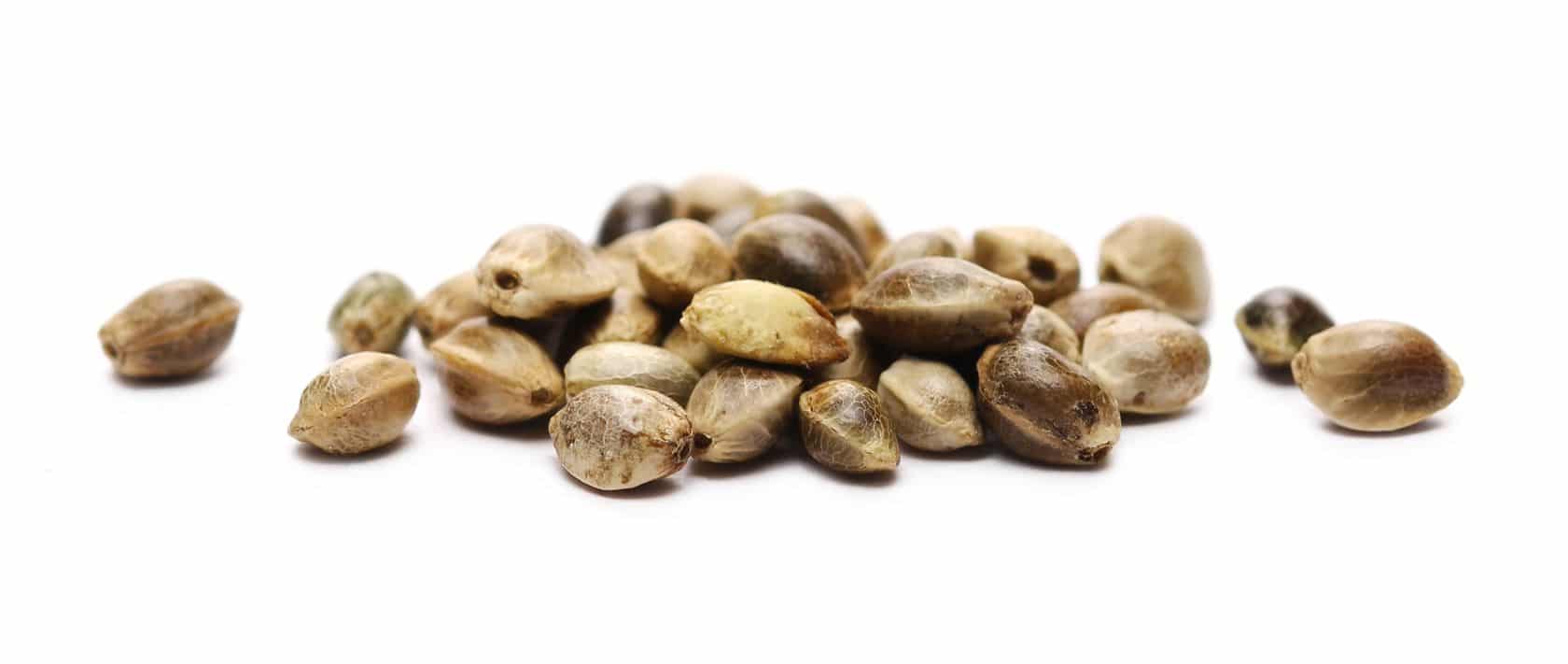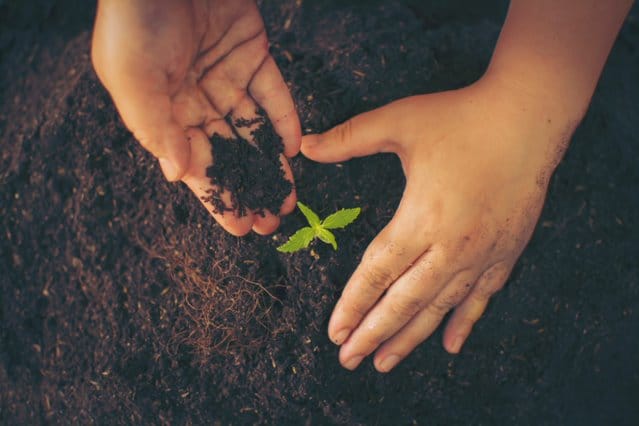CANNABINOIDS & CHEMOTYPES
The content of cannabinoids in dried plant material differs both in quantity and quality.
The content of cannabinoids in dried plant materials differs both in quantity and quality.
Being regulated by several genes, cannabinoids are strongly influenced by their environment. In contrast, the composition of cannabinoid ratios is inherited. In general, a distinction is made between five chemical phenotypes (chemotypes) of Cannabis Sativa L., which differ depending on their cannabinoid ratios:
| Chemotype | Cannabinoid content | Cannabinoid ratio |
|---|---|---|
| I | High THC and low CBD content | THC/CBD up to 40:1 |
| II | THC and CBD content approx. equal | THC/CBD ≈ 1:1 |
| III | High CBD and low content (incl. fibre hemp) | THC/CBD up to 1:40 |
| IV | IV High CBG and low THC content (until undetectable) | THC/CBG up to 1:100 |
| V | Cannabinoids practically undetectable | – |
Chemotype I is the THC-dominant “drug” type, which mostly falls under narcotics laws. Chemotype II, the intermediate type, containing both CBD and THC in a ratio approximately equivalent. Chemotype III includes resinous CBD-dominant strains as well as fiber hemp, both having low THC contents. Chemotype IV is CBG dominant and may also contain CBD, while the THC content ranges from low to undetectable. As for Chemotype V, all cannabinoids are practically undetectable by standard chromatographic analysis methods.
In Chemotypes I and II, THC genes are activated. Consequently, these varieties produce relevant amounts of the psychoactive active ingredient tetrahydrocannabinol (THC) and are therefore subject to applicable narcotics laws.
FENOCAN currently only uses Chemotypes III and IV for its variations, development and seed production. This means that our varieties only produce very small amounts of THC and high levels of the non-psychoactive cannabinoids CBD (cannabidiol) and CBG (cannabigerol).

